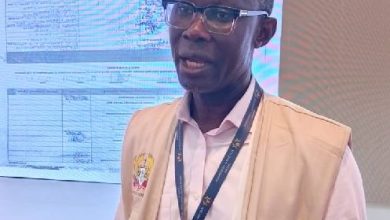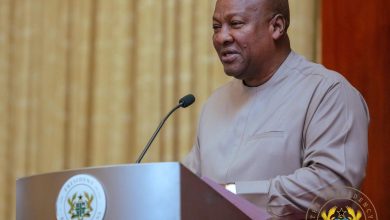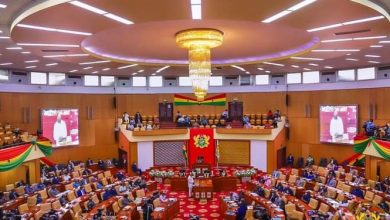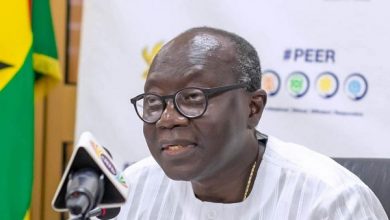Strategic Partnership Between Ghana, Guyana Not The Usual Talk – Guyana President
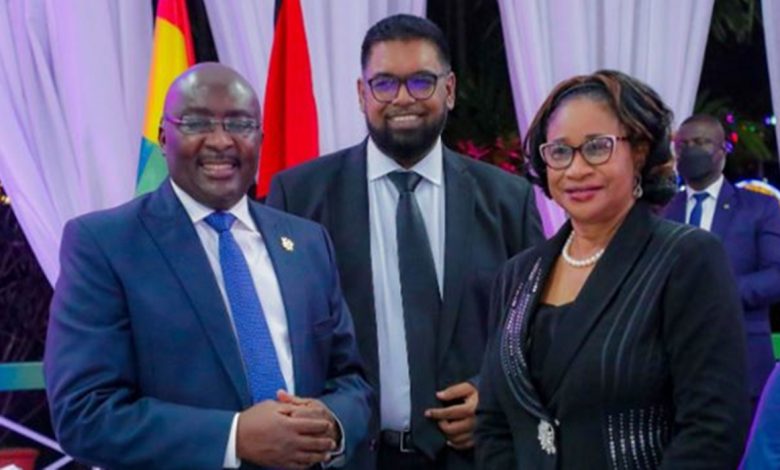
The President of the Co-operative Republic of Guyana, H.E. Mohamed Irfaan Ali, has pledged his country’s commitment to a “strategic engagement and partnership with Ghana” as the two countries work together to improve the lives of their citizens.
President Ali, who was speaking at a State Dinner in honour of Ghana’s visiting Vice President, H.E. Dr Mahamudu Bawumia, on Sunday, 5th December, 2021 in Georgetown, Guyana, emphasized that the Guyana-Ghana partnership was “not one of the usual engagements or talks”, but one to which both countries had laid out clearly defined expected outcomes.
“We are very excited about this strategic partnership; it is receiving attention from the highest levels of Government. On the sidelines of the recent UN General Assembly meeting, we held bilateral meetings with Ghana President H.E. Nana Akufo-Addo and within weeks, a timetable to design and achieve a framework for strategic cooperation was in place.
Within weeks our Vice President, Dr Bharrat Jagdeo was in Ghana. And just weeks after, Ghana’s Vice President is here to further work on the framework.
“This is a sign of concrete progress, and we will continue to engage and agree on practical steps and develop policies for the mutual benefit of our two countries” President Ali said, to applause from the audience, which included the Prime Minister, Chief Justice, Heads of the security agencies, Ministers of State, captains of Industry and some Ghana government officials.
Recalling the uncanny similarities in the histories of the two countries, Vice President Bawumia, who is on a three-day working visit to Guyana less than two months after his Guyanese counterpart, Dr Bharrat Jagdeo led a delegation to Ghana, promised “rigorous, open and mutually beneficial” discussions between Ghana Government officials and private sector leaders with their Guyanese counterparts, with the ultimate aim of knowledge- sharing and improved livelihoods for their citizens
“Ghana and Guyana have long, historic ties. We are both robust democracies, have similar natural resources, and science tells us that we were all part of one continent until the continental shelves broke apart and drifted away. Our histories are very similar as well, and our bonds are very strong. This, I believe, forms the basis for a lasting partnership as we work together to design and put in place measures that position us as masters of our own destinies.”
During the three-day visit, Vice President Bawumia is expected to hold a bilateral meeting with the President and senior officials of Guyana, meet with the leadership of the University of Guyana to among others, explore ways for capacity building, participate in a forum of the Ghanaian and Guyanese private sector, meet with the Ghanaian community in Guyana, and witness the signing of a framework agreement between Ghana and Guyana.

